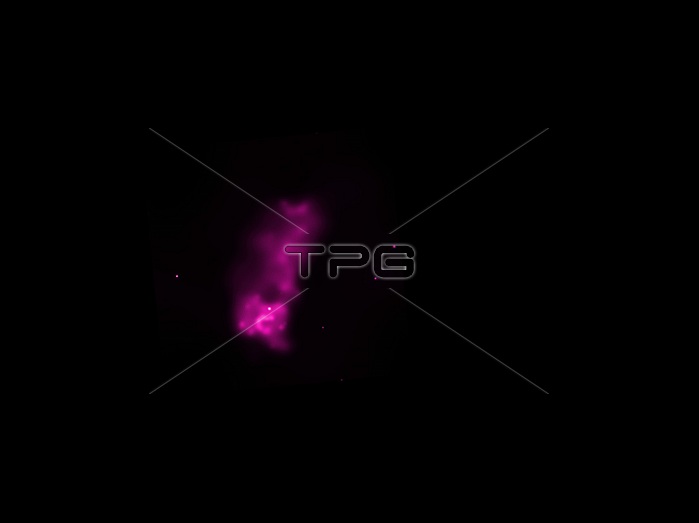
When a massive star runs out fuel, it collapses and explodes as a supernova. Although these explosions are extremely powerful, it is possible for a companion star to endure the blast. A team of astronomers using NASA's Chandra X-ray Observatory and other telescopes has found evidence for one of these survivors. This hardy star is in a stellar explosion's debris field located in an HII region called DEM L241, located in the Large Magellanic Cloud. Chandra's X-rays reveal a point-like source within the debris field produced when a massive star exploded. Data suggests that the point-like source is one component of a binary star system. In such a celestial pair, either a neutron star or black hole is in orbit with a star much larger than our Sun. As they orbit one another, the dense neutron star or black hole pulls material away its companion star through the wind of particles that flows away from its surface. If this result is confirmed, DEM L241 would be only the third binary containing both a massive star and a neutron star or black hole ever found in the aftermath of a supernova. Release date March 20, 2014.
| px | px | dpi | = | cm | x | cm | = | MB |
Details
Creative#:
TOP22314629
Source:
達志影像
Authorization Type:
RM
Release Information:
須由TPG 完整授權
Model Release:
N/A
Property Release:
No
Right to Privacy:
No
Same folder images:

 Loading
Loading